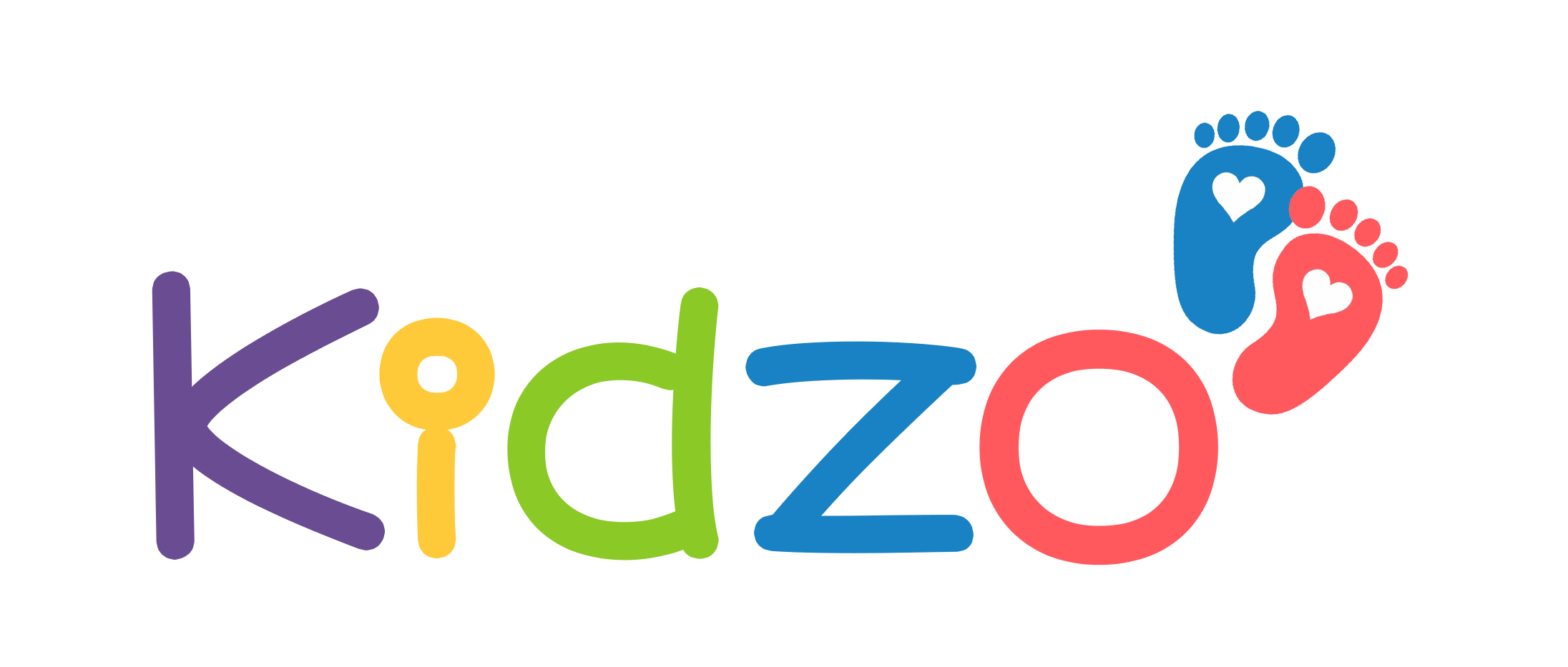Most of us think of babies as tiny beings, their main business being to sleep, feed, and cry without much awareness of what is happening around them. However, it may come as a surprise to know that newborns’ brains are full of activity and that they are already gathering and processing information from the world around them and are speaking to us all the time.
Babies develop their hearing before being born, by hearing their mother’s voice which helps them to develop their own language even before birth.
Babies are very sociable, born with the ability to express their basic needs. Thus, understanding the baby’s body language and sounds and encouraging the baby’s communication skills will make life so much easier for parents and caregivers and is often associated with success in developing reading, writing and interpersonal skills in later life.
Love and attention encourages your baby to communicate
Lots of love and attention are needed to encourage baby’s communication and for mastering the art of call and response, for example, giving them a loving interactive time like looking at your baby, cooing, gurgling, smiling at their cute baby talk. A two-way conversation will help a lot; imitating baby’s vocalizations and mirroring facial expressions and gestures will send an important message of understanding and bonding. Babies love to hear, so engage your baby’s listening by talking to your baby while feeding, dressing, carrying, and bathing; you can also use a high-pitched tone with an exaggerated expression mimicking a female voice, which babies often associate with feeding and comfort.
Babies’ body language and sounds can give plenty of clues about what they need or how happy, sad or uncomfortable they are. Some of those early signals are hard-wired – more instinctive than intentional – but as they grow a little older and more communicative, they will use their body and sound to make their needs perfectly clear. Even then, much of the baby language remains a mystery.
Here we’ll help to decode some of common body languages of a newborn:
- According to researchers in this field, babies cry with open eyes if they are hungry, half-closed if in fear of something, and if crying with fully closed eyes, your little bundle of joy is in pain.
- Fast breathing can be a sign of happiness, excitement, or even fear.
- Kicking in the air means the baby is extremely excited or happy, however, if associated with crying it means discomfort or pain.
- A closed fist is considered normal in the first two months after birth, in what is called a palmar reflex, but in older babies, a closed fist means the baby is either hungry or stressed.
- According to Priscella Dunstan in her research on babies’ language systems, parents can learn how to decipher and translate the sounds that their infant makes, for example, “Neh” means I’m hungry, “Owh” means I’m sleepy, “Heh” means I’m experiencing discomfort, “Eair” means I have lower gas, “Eh” means I need to burb.
All the milestones for a baby to talk and socialize start in the first years of life; these depend on your one-to-one baby interactions like smiling, conversing, singing and even reading.




Leave a comment